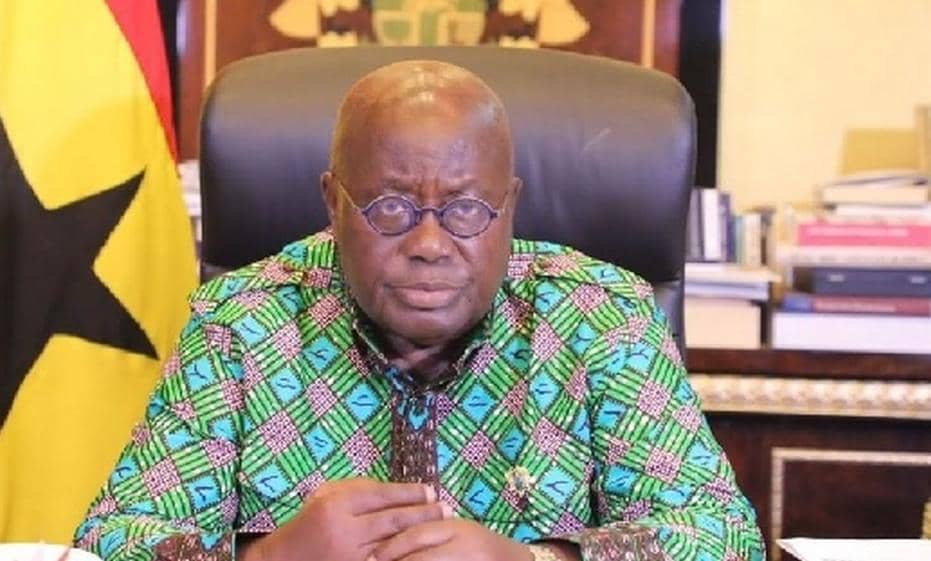A NATIONAL strategy on the handling of mass graves found in the North in November will be submitted to a committee of Cabinet Ministers this month.
The Permanent Secretary of Safety and Security, Peter Mwatile, told The Namibian that the committee – consisting of the Ministers of Safety and Security, Justice, Defence, Home Affairs and Foreign Affairs – would then submit the strategy to Cabinet for final approval. According to Mwatile, a draft is being finalised by the permanent secretaries of those ministries.Eight mass graves were discovered in the Ohangwena Region – five at Eenhana, one at Ongha, one at Epuku village near Ongha and one at the Okakwa Police base – and 11 were found in the Omusati Region.The graves are believed to contain the remains of Swapo Plan fighters who were killed by South African forces during the liberation struggle.It has been speculated that Plan fighters killed during the nine days of war in April 1989 could also be buried in some of them.The first graves at Eenhana were unearthed by a construction company that was building sewerage dams at the town.Following the discovery, President Hifikepunye Pohamba called upon the South African government for assistance and a team of forensic scientists was sent to the regions in December.According to Mwatile, the scientists’ report and recommendations were handed over to Cabinet.Among the recommendations, he said, was that graves should not be exhumed but reported to the Police and marked until Government came up with a plan of action.”For the long run, there is a need for the Government to come up with a national strategic plan of how to deal with mass graves: what to do with them, what to do with the bones, whether to rebury them, how to rebury them, whether to identify them and so on.All these have to be considered in that plan,” Mwatile said.He said after receiving the forensic team’s report, Government established the two committees of Ministers and permanent secretaries to draft the plan.The Police commanders in Omusati, Ohangwena and Oshana say no new discoveries of war graves have been reported this year.According to Mwatile, a draft is being finalised by the permanent secretaries of those ministries. Eight mass graves were discovered in the Ohangwena Region – five at Eenhana, one at Ongha, one at Epuku village near Ongha and one at the Okakwa Police base – and 11 were found in the Omusati Region.The graves are believed to contain the remains of Swapo Plan fighters who were killed by South African forces during the liberation struggle.It has been speculated that Plan fighters killed during the nine days of war in April 1989 could also be buried in some of them.The first graves at Eenhana were unearthed by a construction company that was building sewerage dams at the town.Following the discovery, President Hifikepunye Pohamba called upon the South African government for assistance and a team of forensic scientists was sent to the regions in December.According to Mwatile, the scientists’ report and recommendations were handed over to Cabinet.Among the recommendations, he said, was that graves should not be exhumed but reported to the Police and marked until Government came up with a plan of action.”For the long run, there is a need for the Government to come up with a national strategic plan of how to deal with mass graves: what to do with them, what to do with the bones, whether to rebury them, how to rebury them, whether to identify them and so on.All these have to be considered in that plan,” Mwatile said.He said after receiving the forensic team’s report, Government established the two committees of Ministers and permanent secretaries to draft the plan.The Police commanders in Omusati, Ohangwena and Oshana say no new discoveries of war graves have been reported this year.
Stay informed with The Namibian – your source for credible journalism. Get in-depth reporting and opinions for
only N$85 a month. Invest in journalism, invest in democracy –
Subscribe Now!







